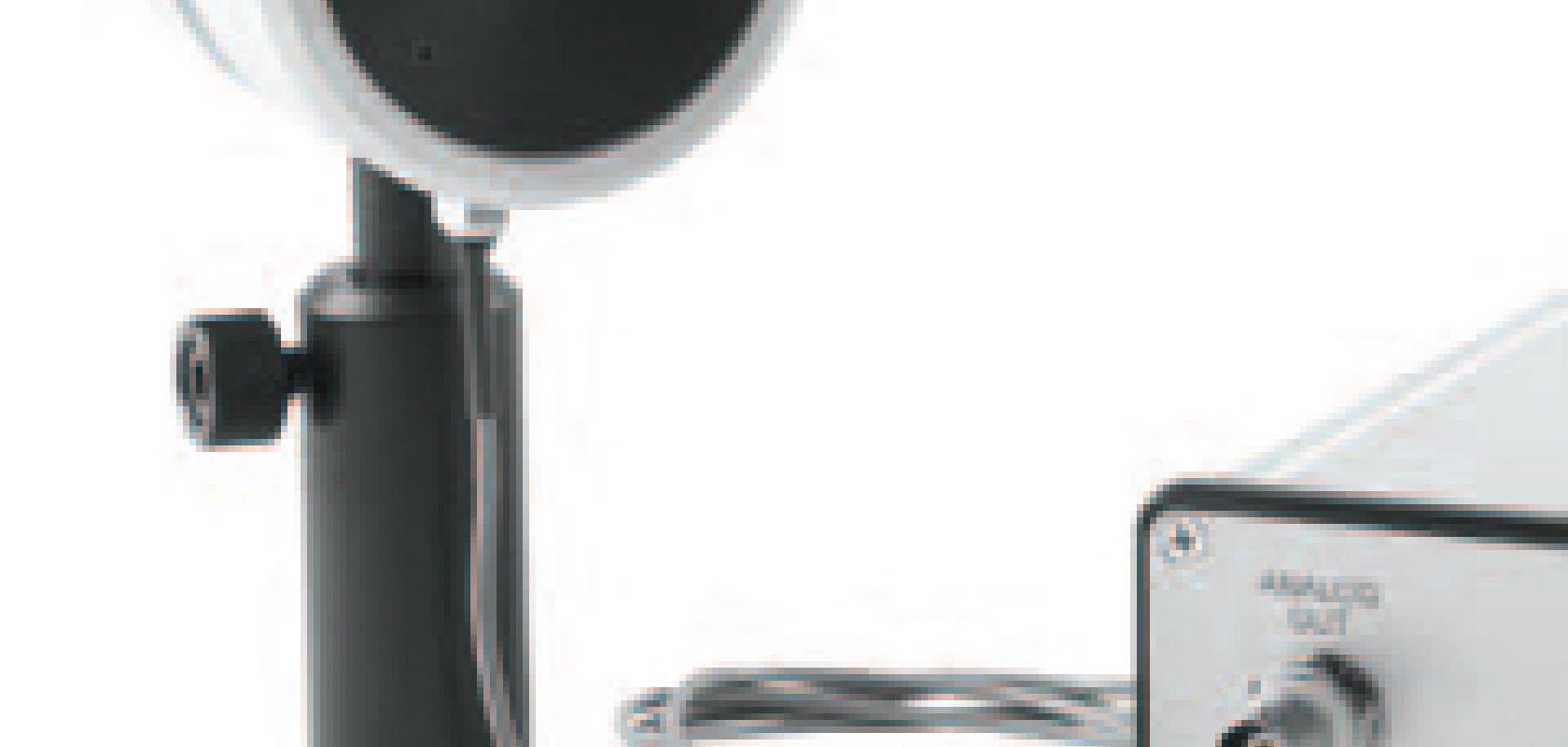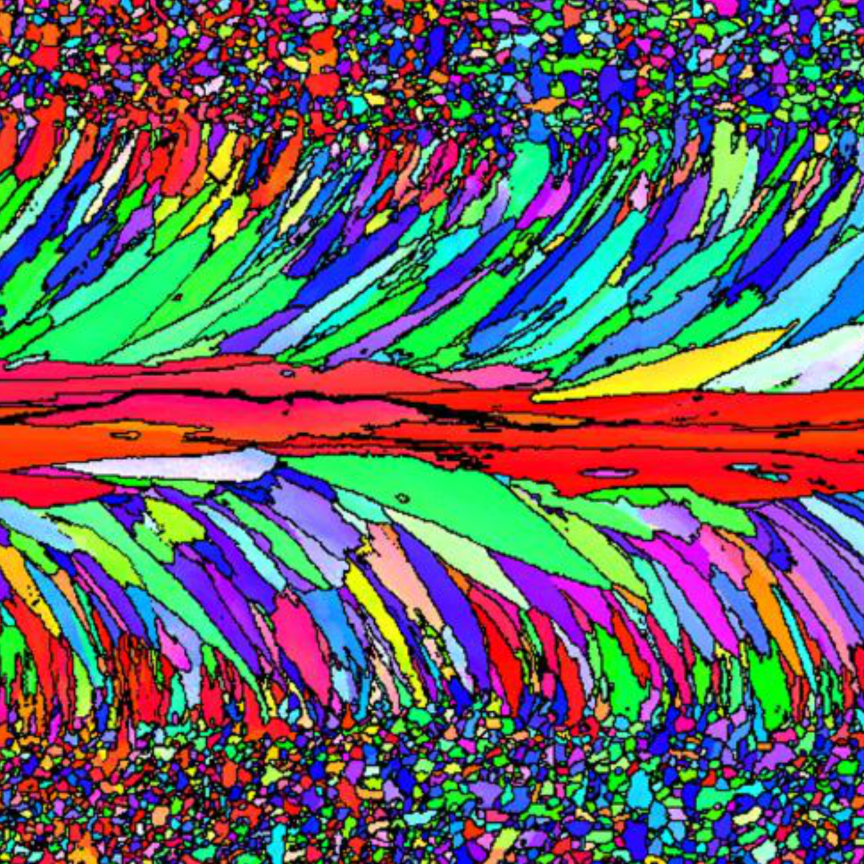Converting a Gaussian beam into a flat top distribution is a pretty standard requirement in laser processing – laser marking machines employ optics to shape the beam into a flat top profile to obtain a sharp, neat mark with well-defined edges; flow cytometry also requires homogeneous distribution of light to illuminate the flow cell. The characteristics of a beam – the profile, its position, whether there are any hotspots, etc – will all contribute to its performance and verifying that the laser output meets its specifications is key to optimising the process.
‘Users of lasers, by and large, have to have an idea of what the beam is doing; they’re trying to do a job with the light, be that fitting a beam into a fibre optic core for telecommunication at low power or cutting huge sheets of steel with a high power laser and everything in between,’ comments Allen Cary, director of marketing at Ophir-Spiricon.
The main users of beam analysis equipment like beam profilers, which Ophir-Spiricon provides, are the laser manufacturers themselves, in verifying that the characteristics of their lasers meet the specifications for the product. Determining the light distribution or whether there are hotspots in the beam is something end-users occasionally use beam profilers for, but this is not where Cary sees the vast majority of applications. ‘It’s a harder sell to get people to buy a profiler if they aren’t going to do anything with the data apart from call services,’ he says, adding that for some applications, simply recognising that the part has been welded or cut badly is indication enough that there’s something wrong with the laser. Automated systems might have more justification for integrating a profiler to avoid multiple parts being welded incorrectly.
‘Where we find that people really need to use this technology is where they’re going to make an adjustment – focusing, collimating or aiming a beam – and they’re doing this with relatively instantaneous feedback,’ he continues. This would be the case in engineering any optical system, such as building a welding system or a laser print engine, or laser marking or cutting systems. ‘The applications are broad, but what’s unifying in terms of the beam profiler is making adjustments to a laser beam system. What it comes down to is that is there an adjustment being made to the optical system that needs feedback?’
Beam profilers can be classified into two broad categories: camera-based and aperture-based (scanning slits, pinhole, or knife-edge scanners) instruments. Cameras profile the whole beam and provide reasonably high resolution, although the resolution is limited by the pixel size. Cameras are also limited by the wavelength range the CCD is sensitive to, typically confined to the visible and near-infrared. Aperture-based scanners give instantaneous feedback can measure higher power without attenuation than cameras.
Staying in position
The position of the beam within an optical system can also be measured with a camera, but there are other sensors available that provide better resolution. Canadian company, Gentec-EO, has designed its Quad pyroelectric detectors for beam position measurements and to measure beam displacement over time. The instrument can also be used in alignment schemes, as an aid to align optics in an optical path for any type of laser, pulsed or CW.
The detector is configured in a quadrant with four electrodes. The location of the centroid of the beam is then calculated according to the relative position of radiation falling on each quadrant. Laser manufacturers use these position sensors to measure beam stability over time and temperature.
‘The beam would be aligned and the laser run for a period of time, say 48 hours, to obtain a plot of stability over time and/or temperature or vibration,’ explains Don Dooley, general manager of Gentec-EO USA. ‘A military laser system might be subjected to high vibration, for instance, so you want to monitor how this affects the beam stability over time. The Quad instrument is very versatile in that regard and is one of the few ways to get an accurate dynamic measurement. It’s analogue, if you will; it’s a sum and difference scheme, so you get very good positioning resolution, in the order of a few microns.’
A camera could track the centroid of the beam, but it wouldn’t give this level of resolution. There are other optical sensors called lateral effect photodiodes that have continuous position sensing capabilities, but are typically restricted to the visible and near-infrared wavelengths and CW sources. Silicon photodiode quad sensors are another option and are more sensitive than pyroelectric sensors, so would be more suitable with a low-power visible or infrared source. The pyroelectric Quad sensors from Gentec-EO are typically used with infrared lasers of more than a few milliwatts of power or millijoules of pulse energy (up to 200mJ or 500mW per sensor, although a beam splitter can be used to monitor higher power systems).
One OEM application where the Quad sensors are integrated directly into the machining equipment is in robotic laser welders. Quad sensors are integrated into the robotic arm, with a portion of the welding beam split off and monitored. Once the welds have been completed, the beam returns to a home position and the beam wander is measured with the sensor and the beam centred. ‘Because of the movement of the mirrors in these articulated robotic arms, the beam displacement has to be measured constantly,’ explains Dooley.
Dealing with higher power
Improvements in the beam analysis equipment have centred on achieving better accuracy and measuring higher power sources. Laser company, Coherent, also provides beam analysis equipment, including beam propagation analysers and beam profilers. Dr Guido Bonati, director of business development and product line management at Coherent, comments that the accuracy of these devices has increased, such that it’s now possible to measure close to TEM00 modes (the fundamental transverse mode of the laser resonator, which has the same form as a Gaussian beam) in kilowatt lasers. ‘You’re close to the physical limit,’ he states, ‘so any small inaccuracy in the measuring device will influence the results.’ High-power fibre lasers achieve this combination of high beam quality and kilowatt power.
There have been other general improvements in the beam analysis technology. Devices are smaller, lighter, and easier to integrate. CCDs can now be fabricated with smaller pixels, allowing the instruments to measure finer beams – in 2005 pixel sizes were around 10µm measuring a minimum beam diameter of 65-100µm. Now pixel sizes are around 4.5µm, so much smaller beams can be analysed with cameras.
Ophir-Spiricon is investigating new approaches to be able to more conveniently and safely measure high-power beams. ‘One of the biggest problems in terms of profiling is that laser powers are getting higher – there are now laser beams that are 30kW and 10kW is not unusual,’ explains Cary, adding that even what is thought of as ‘low’ power is now much higher. ‘All of this means that when you put the instrument in front of the beam there’s much more potential to destroy the profiler. So we have to look at different ways of dealing with that power, particularly with small beams that give high power density.’ A 100mW beam focused to 10µm has a high power density. At the moment, to measure these beams, they have to be attenuated to lower the power. Ophir-Spiricon is looking at ways to measure the beams directly and expects to announce a product in the next year. ‘That’s the holy grail of beam profiling, to be able to measure high power lasers directly,’ states Cary.


